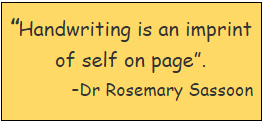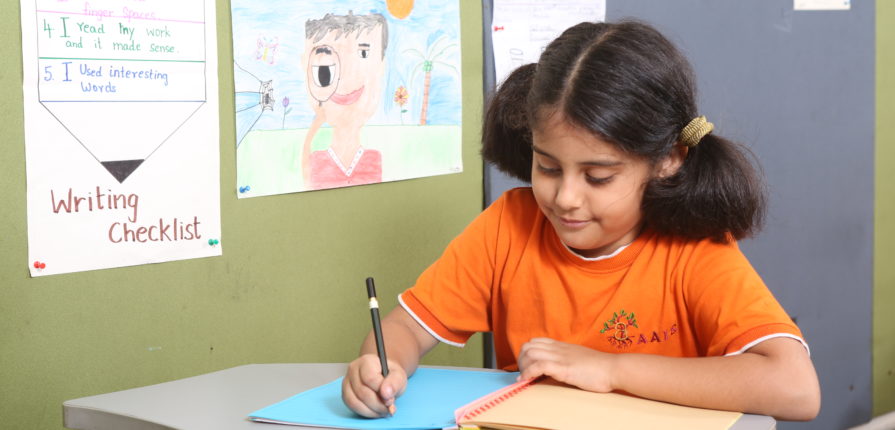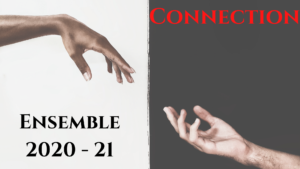Handwriting in the 21st Century: Cursive, Print?

The highly evolved world of the 21st century children has all the answers they are looking for at the click of a button. Technology has significantly transformed the way we communicate our thoughts through writing. Nowadays, we rely more on a range of technological devices to communicate like Smartphones, Tablets, Laptops, Personal Digital Assistant, Virtual Assistants, and so on.
The way we write speaks volumes about ourselves and also points to the clarity of thoughts in the minds of the writer. Legible handwriting makes it easier for the others to understand what we are trying to communicate. No matter how much we have shifted towards digitization, good handwriting is an essential skill that is important in the early years and also throughout our lives.
Handwriting is a major component of literacy in early childhood. The kindergarteners start their handwriting practice with pre-writing skills by taking part in activities like scribbling, colouring, making different strokes and curves, stringing beads, clay modelling, lacing and other fine-motor development activities. This helps enhance the development of the pincer grip, essential to many other skills but more important to writing. Handwriting activities can improve cognitive knowledge, and research shows that when children write by hand, the region of the brain used in reading is stimulated. That in turn helps them with learning to read.
Print or Cursive?
Talking about handwriting, there are always questions on print vs cursive styles. Learning to write in cursive writing presents benefits to children that they don’t get from printing letters or keyboarding. The smooth, continuous flow of cursive writing offers the brain a unique form of kinesthetic stimulation that helps facilitate different parts of the brain to develop and integrate, aiding in creating the connections that improve memory, attention, learning and emotional responses.
Karin Herman James, an associate professor in the Department of Psychological and Brain Sciences at Indiana University who studies early brain development says, “Some children who have trouble printing letters do benefit from learning cursive because they do not have to take their pencil off of the paper as much.” But, she adds, “these children are the exception, and the results cannot be generalized to all children learning to write.”
On the other hand, Print or manuscript handwriting encompasses hand-eye coordination as well, however, each letter starts at a new point and the learner requires to be able to lift up the writing instrument and place it back on the paper, at the appropriate starting point of each letter in order to produce legible work that is also spelled correctly.
At AAIS the children are introduced to writing in print format in their early years, as it is much more widely visible in the world of the kindergartners. The printed books and educational materials in their learning environment are in this format and the little ones are able to connect with the written world easily. But if the child has already been introduced to cursive writing, then we encourage and support them to develop their style. As long as the students are able to produce legible handwriting and continue to explore the world of words, we encourage our students to take pleasure in the process of writing, in the script they are comfortable with, to enjoy the joy of writing.

Students need to be prepared to do this through a variety of forms. Keyboarding and handwriting need to co-exist and most students should be able to master both skills.
References:
https://www.zaner-bloser.com/products/pdfs/Handwriting_in%20Early_Childhood.pdf
https://www.intoxicatedonlife.com/beginning-handwriting-print-cursive-whats-best-child/
#handwriting #printhandwriting #cursivehandwriting




